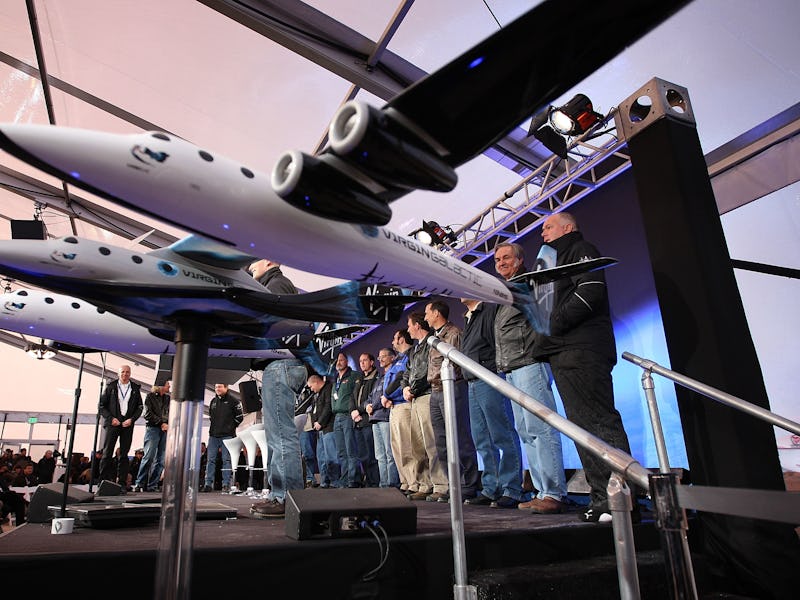Virgin Galactic to Resume Crewed SpaceShipTwo Tests

Nearly two years after a fatal test flight destroyed its flagship, Virgin Galactic says it’s ready to begin flying its latest spacecraft “in the near future.”
The ill-fated VSS Enterprise has been succeeded by the VSS Unity, the second iterations of Virgin’s SpaceShipTwo model spacecraft designed to take wealthy tourists to the outer edges of Earth’s atmosphere.
In October 2014 the Enterprise broke apart in flight and crashed to Earth, killing one of the two pilots on board. One of the co-pilots deployed the craft’s feathered descent system — designed to produce drag like a badminton shuttlecock — too early, and it couldn’t handle the load. The National Transportation Safety Board ultimately blamed the ship’s designers, though, arguing that safeguards against this sort of human error should have been in place.
Yet the commercial space race is still on, and with it the dream of offering $250,000 tours of Earth as seen from 50 miles above.
Virgin Galactic says the Unity is safer and better than the Enterprise, and that test flights of increasing complexity will validate that claim. Many systems that previously required pilot control have now been automated.
In the first tests, Unity will remain mated to a WhiteKnightTwo carrier aircraft, and engineers will use data generated in the flights to monitor crucial systems, the company writes in a release. In future tests, Unity will glide back to Earth solo after separating from WhiteKnightTwo, and eventually progress to rocket-powered flights. Each flight will have at least two crew members on board.
“We could not be more excited to move to this next stage of our test program. After years of important in-factory testing, our engineering and operations team are eager to move out from our hangars and to start testing in the open skies,” according to the statement. “This journey to flight has been arduous but rewarding, and we can now move forward with the confidence that comes from knowing that every vehicle component, sub-system, and procedure has been tested and re-tested prior to these flights.”